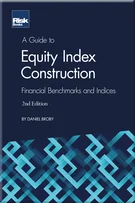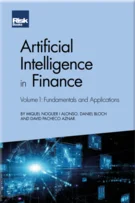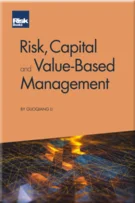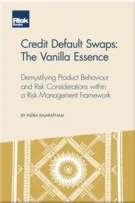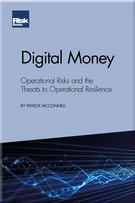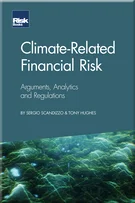A Systematic Approach to Tail Risk Hedging
Jean-François Bacmann and Sandy Rattray
An Introduction to Tail Risk Hedging
Tail Risk Hedging: An Investment Consultant’s Perspective
Strategic Tail Risk Management: A Pension Fund’s Perspective
An Asset Allocator’s Approach to Tail Risk Hedging
Dealing with Wrong-Way Risk: A University Endowment’s Perspective
A Multi-Strategy Approach to Tail Risk Hedging
A Discretionary Approach to Tail Risk Hedging
Insuring Against Hidden Financial Catastrophe Risk
Benchmarking Convexity: Towards a Holistic Approach
Using Equity Options and Volatility to Manage Tail Risk
A Systematic Approach to Tail Risk Hedging
Tail Risk Hedging Using Convertibles
Sourcing Convexity in Asian Markets
Extreme market conditions, which according to conventional statistical models should only happen once in a lifetime, are occurring with increasing regularity. The Russian crisis, the bursting of the Internet bubble, the global financial crisis of 2007–09 and the subsequent eurozone crisis are all examples that are fresh in everyone’s minds. Statistical models cannot reflect adequately the impact of emotions such as fear and greed: equity returns are not normally distributed, probably due to the fact that human behaviour is not always entirely rational. In technical terms, this is manifested typically in return distributions with a negative skew and “fat tails”. Returns that differ from the arithmetic average by at least two or three standard deviations are often associated with extreme market events and tail risks. Applying extreme value theory to the monthly volatility of the S&P 500 index, Suarez (2010) argued that over the period 1950–2009, such extreme events occurred six times. Similarly, the analysis of the worst 1% of monthly returns of the S&P 500 index shows that nearly half of them have occurred since the start of the millennium. One can therefore justifiably talk of an
Copyright Infopro Digital Limited. All rights reserved.
As outlined in our terms and conditions, https://www.infopro-digital.com/terms-and-conditions/subscriptions/ (point 2.4), printing is limited to a single copy.
If you would like to purchase additional rights please email info@risk.net
Copyright Infopro Digital Limited. All rights reserved.
You may share this content using our article tools. As outlined in our terms and conditions, https://www.infopro-digital.com/terms-and-conditions/subscriptions/ (clause 2.4), an Authorised User may only make one copy of the materials for their own personal use. You must also comply with the restrictions in clause 2.5.
If you would like to purchase additional rights please email info@risk.net

